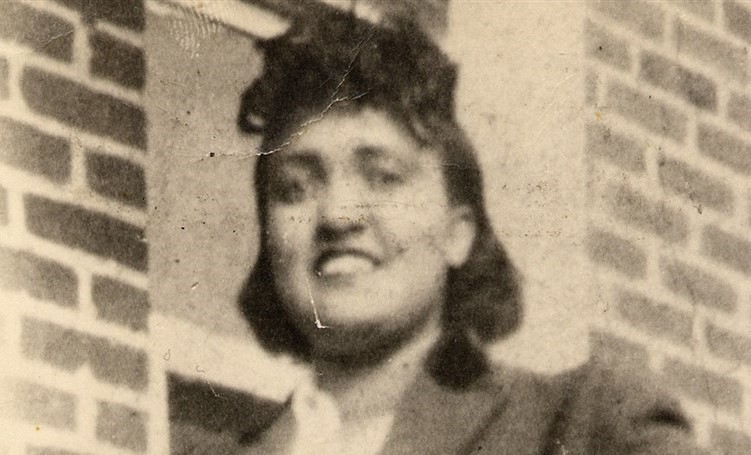Scientists have been using a cell line, a culture of cells grown outside the body, for a number of experiments that have led to significant research and breakthroughs. These include establishing the foundation for the polio vaccine, comprehending the effect of X-rays on human cells, researching on cancer, HIV infection, ageing, Ebola, and even outer space. But what paved the way for this ground-breaking research?
It is none other than the most treasured cell line: HeLa. HeLa cell line is a culture of cells grown from cervical cancer cells, taken during the biopsy of a 30-year old woman in the 1950s. Her name was Henrietta Lacks; born as Loretta Pleasant in Baltimore in 1920.
The name “HeLa” roots from the initials of her first and last name. Dr. Gey from John Hopkins University established the HeLa cell line whilst treating Lacks for cervical cancer. The cells were taken from her without her consent in the ward for coloured patients. Her cells were aggressive and came to be known as “Immortal” as they grew and even contaminated other cell lines.
Lacks’ family were approached by scientists at John Hopkins University for genetic analysis, which is when they learnt about how their mother’s cells were being commercialised without their knowledge. The family was living in poor conditions and their mother’s cells were part of a billion-dollar biotech industry. However, it was a long time before Henrietta Lacks and her family were given the recognition for their contribution to the medical research. In 2011, she was awarded an honorary doctorate posthumously and in 2014 she was added to the Women’s Hall of Fame.
To learn more about Lacks, consider reading The Immortal Life of Henrietta Lacks by Rebecca Skloot and a 2017 biopic starring Oprah Winfrey.
By Sakina Amin
Header image: NBC.

